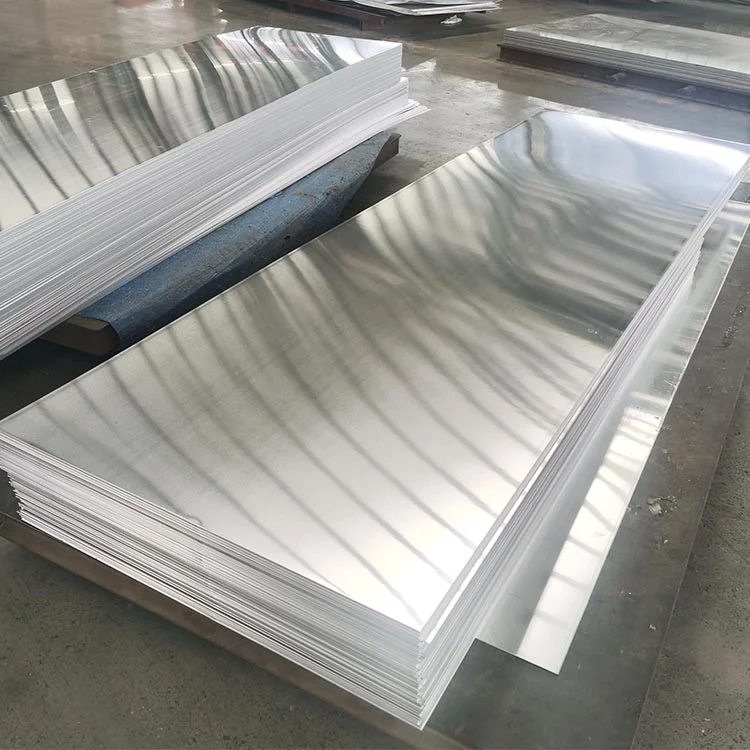Signage materials play a crucial role in effective communication, serving as visual aids that convey information, promote brands, and guide people. The selection of appropriate materials is essential for ensuring the longevity, visual appeal, and functionality of signs. In this article, we will explore the different types of signage materials available in the market and focus on the advantages and selection considerations of aluminum signage materials.

Understanding Signage Materials
Signage materials refer to the various substances used to create signs, including their substrates, coatings, and finishes. When choosing them, several factors need to be taken into account, such as durability, visual appeal, weather resistance, cost-effectiveness, and maintenance requirements. Each material possesses unique characteristics that determine its suitability for different signage applications.
Overview of Signage Materials

There is a wide range of signage materials available, each with its own set of advantages and disadvantages. Some common materials include aluminum, acrylic, PVC, wood, and stainless steel. In this article, we will focus on aluminum as it is widely used in the signage industry due to its numerous benefits and versatility. Aluminum alloys commonly used as sign materials are 1000 series aluminum alloys, including 1050 aluminum alloys, 1060 aluminum alloys, 1070 aluminum alloys, 1100 aluminum alloys, etc., which can be selected according to the required hardness and other characteristics.
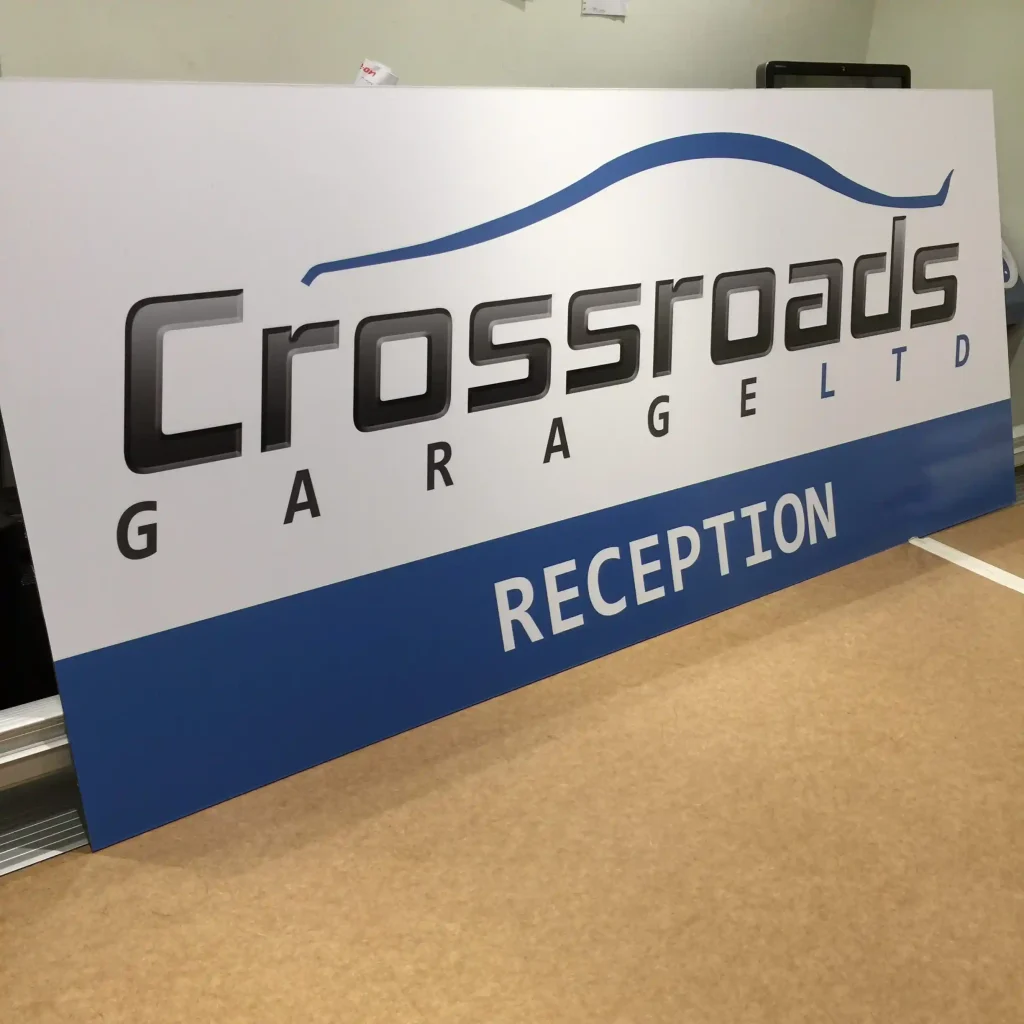
Aluminum Signage Materials: Selection and Advantages
Aluminum is a highly popular choice for signage materials owing to its excellent characteristics. Let’s explore the advantages of using aluminum for signage:
- Durability and Longevity: Aluminum signage materials are known for their durability and longevity. They can stand harsh weather conditions, including rain, UV exposure, and temperature variations, without corroding or deteriorating. This makes them ideal for both indoor and outdoor signage uses.
- Weather Resistance and Versatility: Aluminum materials show excellent weather resistance, making them suitable for long-term outdoor use. They are resistant to fading, cracking, and warping, making sure that the signs keep their visual appeal over time. What’s more, aluminum can be easily shaped, cut, and fabricated into many kinds of sizes and shapes, allowing for versatile sign designs.
- Lightweight and Easy Installation: Aluminum materials are lightweight compared to many other alternatives, making them easier to handle and install. This reduces installation time and costs, specially for large-scale signage projects. The lightweight nature of aluminum also makes it suitable for applications where weight restrictions are a concern.
- Customization Options: Aluminum materials provide ample customization options. They can be painted, coated, or laminated to achieve desired colors, finishes, and textures. This allows businesses to create signage that aligns with their branding and visual identity.
- Cost-Effectiveness: Aluminum materials are cost-effective compared to some other materials like stainless steel or wood. They provide a balance between durability, aesthetics, and affordability, making them an attractive choice for businesses with budget considerations.
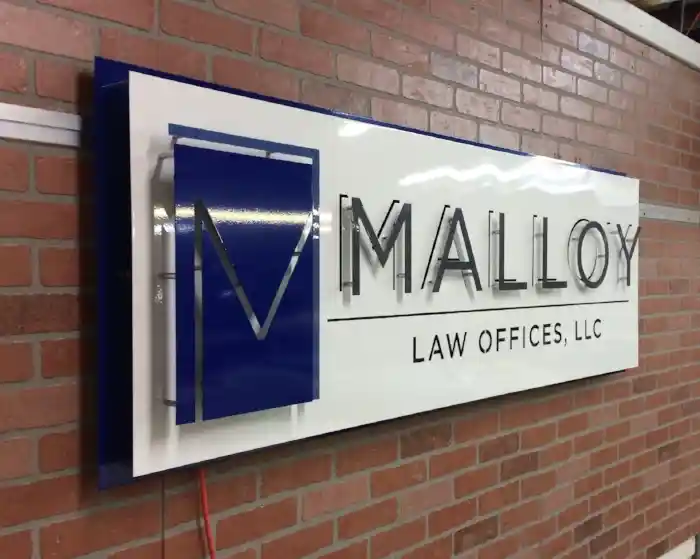
Aluminum Alloy Models Used in Signage Materials
There are several types of aluminum alloys that are commonly used as signage materials due to their favorable properties. Here are a few aluminum alloys frequently employed in signage material production, along with their specific applications:
3003 Aluminum Alloy
- アプリケーション 3003 aluminum alloy is widely used for signage applications, including outdoor signs, traffic signs, and building signage.
- Properties: This alloy offers good formability, corrosion resistance, and moderate strength. It is often chosen for its ability to withstand outdoor environments and maintain its appearance over time.
5052 Aluminum Alloy
- アプリケーション 5052 aluminum alloy is commonly utilized in signage material production for outdoor signs, architectural signage, and illuminated signs.
- Properties: This alloy offers good formability, excellent corrosion resistance, and high fatigue strength. It is suitable for signs exposed to harsh weather conditions or high-traffic areas.
6061アルミニウム合金
- アプリケーション 6061 aluminum alloy is used in signage production where a combination of strength and light weight is required. It is commonly used for large structural signs, monument signs, and directional signs.
- Properties: This alloy provides excellent strength, machinability, and weldability. It is a suitable choice for signs that need to withstand structural loads or require complex shapes.
5056 Aluminum Alloy
- アプリケーション 5056 aluminum alloy is used in the production of marine and coastal signage owing to its superior corrosion resistance.
- Properties: This alloy provides fantastic corrosion resistance, making it well-suited for coastal or marine environments where signs may be exposed to saltwater or high humidity.
6063 Aluminum Alloy
- アプリケーション 6063 aluminum alloy is generally used in the production of extruded signage frames, trim, and brackets.
- Properties: This alloy is known for its fantastic extrudability, allowing for the creation of intricate shapes. It is often chosen for its aesthetic appeal and ease of customization.
Comparison with Other Signage Materials
While aluminum has its advantages, it is necessary to compare it with other signage materials to make an wise decision:
Contrasting Aluminum with Acrylic Signage Materials
Acrylic materials provide fantastic visual clarity and are often preferred for their transparency. However, when it comes to durability and weather resistance, aluminum materials outperform acrylic. Aluminum is more suitable for outdoor applications where exposure to elements is a concern.
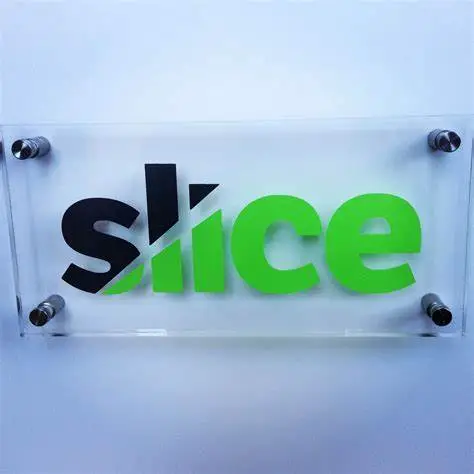
Comparing Aluminum with PVC Signage Materials
PVC materials are known for their affordability and versatility. However, aluminum materials provide greater strength, durability, and weather resistance. Aluminum is a better choice for long-lasting outdoor signage that needs enhanced protection against UV rays and environmental factors.

Contrasting Aluminum with Wood Signage Materials
Wood signage materials provide a natural and rustic appeal but may require more maintenance and have limited weather resistance compared to aluminum. Aluminum materials offer better durability, longevity, and resistance to moisture, making them more suitable for outdoor signage applications.

Comparing Aluminum with Stainless Steel Signage Materials
Stainless steel signage materials offer a sleek and modern aesthetic. However, they can be more expensive than aluminum and may require specialized fabrication techniques. Aluminum materials provide a cost-effective alternative while still offering durability, weather resistance, and customization options.
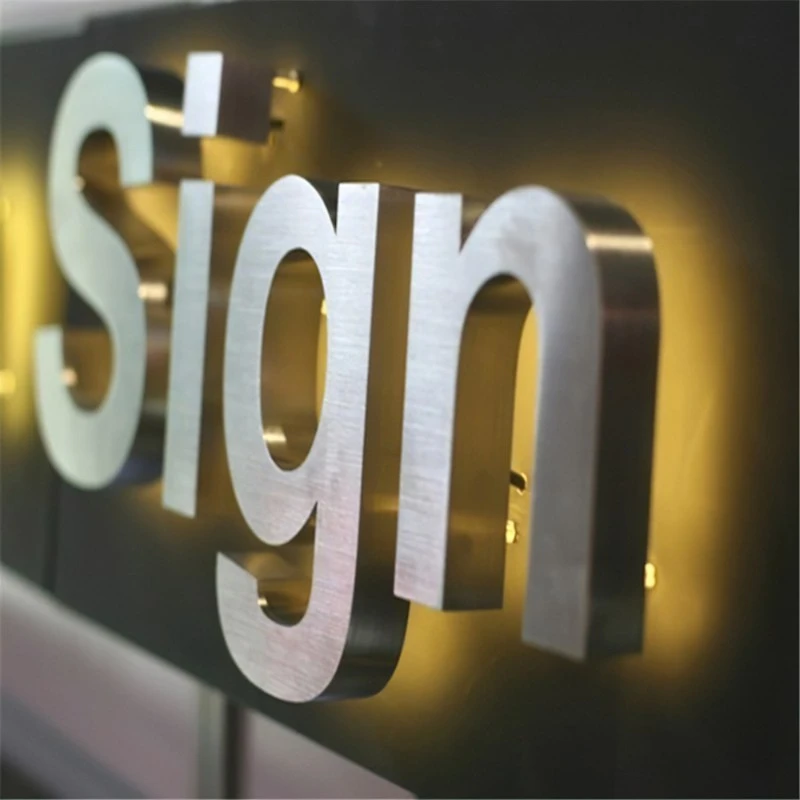
Applications of Aluminum Signage Materials
Aluminum signage materials find extensive applications in various settings, including:
Exterior Signage Applications
Aluminum is commonly used for building facades, entrances, outdoor advertising, billboards, and wayfinding signs. Its durability, weather resistance, and versatility make it a reliable choice for exterior signage that needs to withstand environmental factors.
Interior Signage Applications
Aluminum materials are also suitable for interior applications such as reception areas, lobbies, retail stores, shopping malls, and office spaces. They can be used for directional signs, informational signs, branding elements, and decorative purposes, adding a professional and modern touch to indoor environments.
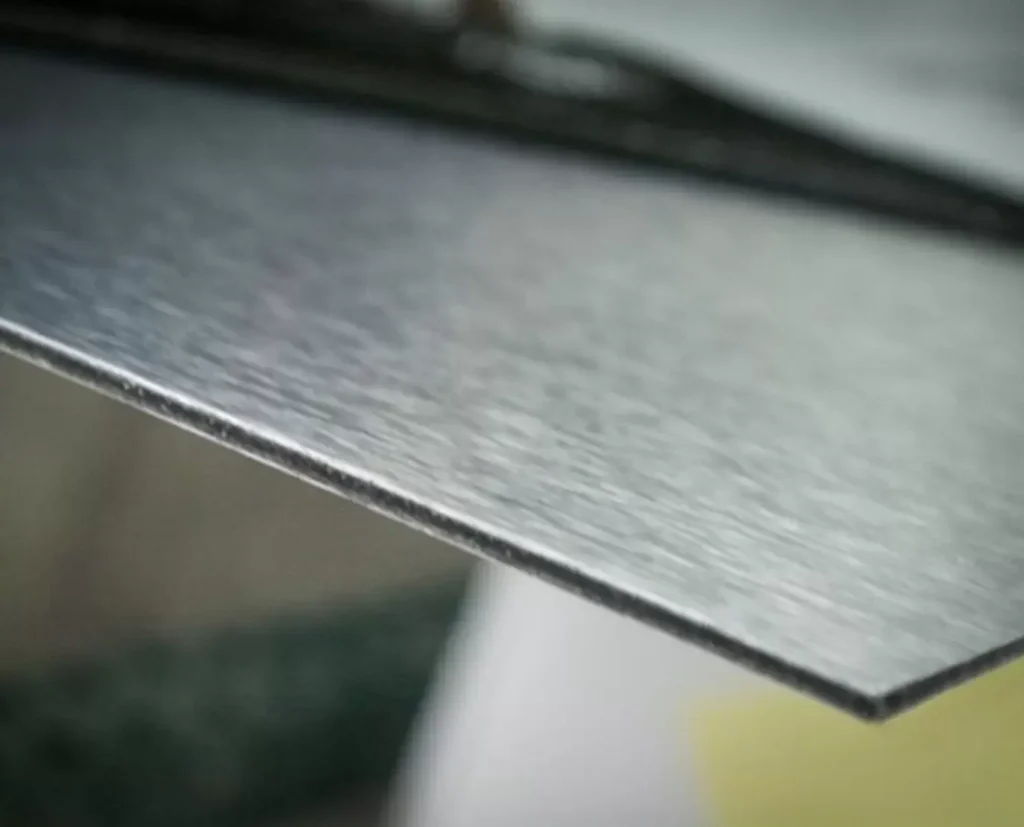
Case Studies: Successful Examples of Aluminum Signage
Case Study 1: Aluminum Signage in a Commercial Building
In this case study, a commercial building utilized aluminum materials for their exterior branding and wayfinding signs. The aluminum signs were customized with the company’s logo and colors, enhancing their brand visibility. The durability of aluminum ensured that the signs remained intact and retained their visual appeal despite exposure to various weather conditions. This resulted in effective communication and improved customer experience.

Case Study 2: Aluminum Signage in a Retail Store
A retail store incorporated aluminum materials throughout its interior to create a cohesive and visually appealing environment. The lightweight nature of aluminum made installation easier and more cost-effective. The versatility of aluminum allowed for the creation of custom signage designs that reflected the store’s branding and guided customers effectively. The modern and professional appearance of aluminum signage contributed to an enhanced shopping experience and increased brand recognition.

Case Study 3: Aluminum Signage in a Public Park
A public park utilized aluminum signage materials for its directional signs, informational boards, and safety notices. The weather resistance of aluminum ensured that the signs remained intact and readable, even in challenging outdoor conditions. The durability of aluminum saved maintenance costs and efforts, while the customizable options allowed for clear and visually appealing signage that enhanced visitors’ experience and safety within the park.

概要
Signage materials play a vital role in effective communication and branding. When selecting signage materials, it is crucial to consider factors such as durability, visual appeal, weather resistance, cost-effectiveness, and maintenance requirements. Aluminum signage materials offer numerous advantages, including durability, weather resistance, versatility, lightweight construction, customization options, and cost-effectiveness.
While other signage materials like acrylic, PVC, wood, and stainless steel have their own merits, aluminum stands out as a reliable and practical choice for various signage applications. Its exceptional properties make it suitable for both interior and exterior signage, ensuring longevity, visual appeal, and effective communication.
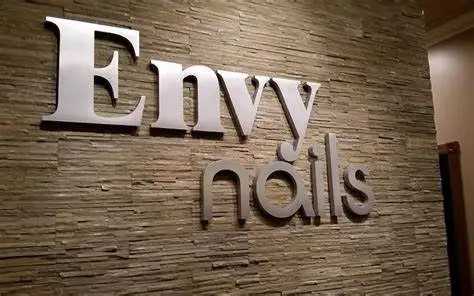
Businesses and organizations can make decisions that are in line with their unique needs and objectives by being aware of the benefits and factors to be taken into account when selecting a signage material. Aluminum signage materials provide a robust, adaptable, and economical option that improves brand visibility and supports efficient communication, whether it is used for building facades, way finding signs, retail locations, or public parks.
In conclusion, selecting the right signage materials, like aluminum, lays the groundwork for powerful and long-lasting signage that successfully conveys messages, promotes businesses, and directs people in many kinds of settings.


